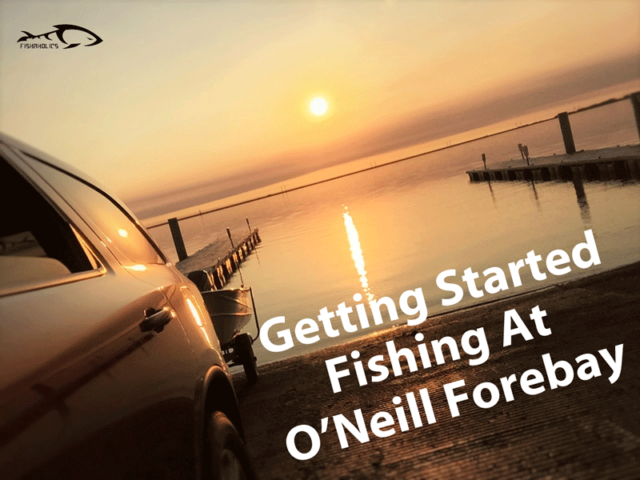
Getting Started Fishing At O’Neill Forebay
Did you know that O’Neill Forebay aka small lake produced a world record striped bass. It was caught by Hank Ferguson. He caught the record for largest landlocked freshwater striped bass on rod and reel back in ’92 weighing in at a whopping 67lbs 8oz.
Another potential record was caught by Frank Ualat of Gilroy. It was even bigger weighing in at 70lbs 6oz on an unofficial scale. After several failed attempts to certify his catch and frustrated, he ate the fish. There are other stories from fishermen landing potential record holders but the truth is, this place is a world record producing lake.
In this post, I will discuss some key locations to help get you started fishing here. I’ll also talk about how to work those areas and what lures and techniques have worked for me.
About The Lake
O’Neill Forebay is located 10 miles west of Los Banos, CA. The California Aqueduct feeds into the lake from the north. The Delta-Mendota canal feeds and draws water from the northeast side of the lake. O’Neill Forebay also feeds and receives water from a bigger reservoir, the San Luis Reservoir aka big lake. This reservoir is a beast of its own and deserve its own story.
The small lake is shaped almost like an upside down Y with the O’Neill Dam located on the east side of the lake. At its longest length it is about 3 miles long. At its widest width, it is just over a mile wide. The deepest I’ve marked at this lake is about 30 feet. According to Wikipedia, the maximum depth is 56 feet. It makes you wonder if this particular location is closed to the public.
During the summer months, most of the shoreline is covered with vegetation. The south side of the lake is quite shallow. You’ll find most of this area covered with weeds.
To the southwest of the lake lies a deep water channel. This is also where water is pumped out and released in from San Luis Reservoir.
To the east is check 13 where O’Neill Forebay releases water back into the California Aqueduct. There is also another deep water channel that runs parallel to the dam at this location. To the north you’ll find small shallow coves, overhangs and a deep channel near check 12.
While most of the lake is shallow and smaller in size compared to San Luis Reservoir, it has many surprises that stump even the most seasoned anglers. The stripers here relate differently with the passing seasons. With a current that can flow in opposite directions on any given day, what has worked the previous day can completely change the next.
Here are some locations to try on any given trip.
O’Neill Dam
Hitting the rock wall along the O’Neill Dam is a must when you’re fishing this lake. The water depth remains consistent for the most part along the wall. Many anglers like to pound this rock wall and for good reason.
If you fish this lake often, you’ll notice that the wind typically blows in an easterly direction. The constant pounding of waves along the rocks can disorient bait fish making it easier for stripers to pick them off.
In early summer to late fall, a weed line grows parallel to the O’Neill Dam. This is perfect cover for bait fish to hide in and also for stripers to lurk in.
Here’s what I like to do in this area
The easiest way to fish this area is to troll with umbrella rigs.
The reason why umbrella rigs work so well is because bait fish hide along the weed edges that grow at the base of the levee. I use the collapsible Atlas Umbrella Rigs. I developed this rig just for San Luis Reservoir but it works just about anywhere stripers live. What you want to do is troll parallel to the dam where the levee meets the bottom. Stripers love to hang out in this area.
Start trolling at 2.0-2.5 mph and slow down or speed up from there. Everyday and even on the hour stripers will prefer one speed over the other. I just find the 2.0-2.5 as a good starter speed if you’re still trying to figure out the bite.
You have to match the hatch with the seasons. In the fall, they tend to chase shad more. So the shad colored Atlas Rig will be a better bet. In the summer the water is murkier so white or even chartreuse when visibility is real bad will do the trick. Winter time the water is a lot clearer so shad or blue shad will get the job done.
I like to cover as much water as I can before slowing down to pick off the picky eaters. So your favorite jerkbait would work great here if you’re casting lures. I like to use a SpeedLure 110MD or Duo Realis 120 jerkbaits. Both these lures are suspending lures that have an erratic action. Perfect for that quick jerk after a long pause.
I like to test out a section of the wall by throwing shallow initially. Cast your lure inches from the base of the rocks and jerk the lure back. The fish will tell you what retrieve they like. Every bump, hookup or catch will tell you what’s working.
Until then, start out with a faster retrieve, quick jerk and a shorter pauses. Slow down the retrieve and lengthen the pauses if you don’t get a bite. Keep moving and repeating the retrieve until you get a bite.
When there is an established weed line growing parallel to the dam, cast your jerkbait along the weed edges and keep moving down the dam. Remember there are two sides to this weed line. Having your partner hit one side while you hit the other will maximize efficiency.
The dam turns 90 degree to the east when going south. This creates a point that’s a magnet for stripers sometimes. Some of the bigger striped bass that I have caught from the small lake have come from this location.
If the water is flowing at Check 12 and they’re releasing water from San Luis Reservoir, make sure to hit the point for stripers laying in ambush. The point creates a change in current that can attract more fish to this location.
If you hit this location early in the morning, they may be shallow enough to take a jerkbait. Typically they’ll be deeper in the water column at this location. This area has the steepest drop along the O’Neill Dam.
Try a swimbait or a jig head paired with a fluke and fish deeper in the water column. Let it fall and slowly retrieve it back. With a fluke, drop it to the bottom and yo-yo the bait back. If you don’t get any takers, move on.
I’d prefer to troll through this area initially to pick off active stripers before slowing down to cast. You can catch two or three at a time when you hit an active school.
Ledges
This is the transition where the deep water channel meets shallower water. Why is this location important?
It’s important because the current flowing in the channel will carry an easy meal right to a striper waiting in ambush. It also acts as a staging point into shallower waters when light and wind conditions permit. Sometimes you’ll find schools of striped bass hovering near these locations.
They can be anywhere from 5 feet to the base of the ledge. It also gives them access to deeper waters when they sense danger.
Here’s how you fish this location
If you’re marking fish and they are stacked in this area try a jigged fluke. It can be tricky getting the weight of the jig head down since the underwater current varies from day to day.
Have it fall too fast or too slow and the stripers may not take it. Make sure to carry a few different sized jig heads and test out which weight is getting the most hits and stick to that one.
Stripers are some of the pickiest eaters even in deeper waters. Don’t be afraid to switch out your fluke for a different one. This can mean the difference between catching a fish or none at all.
When fishing a fluke, sometimes you’ll get a hit on the drop. If you don’t get a hit, yo-yo the fluke back and let the fluke drop to the bottom on each retrieve.
Try this a few times and switch it up with less contact on the bottom. Remember to count how many seconds it drops. This can help you determine at what depth the most active fish are feeding at.
I’ve noticed at times, they’ll rise from the depths and hit a shallower diving lure. This happens most often when the wind is blowing and there’s disturbance on the waters surface. A SpeedLure 110MD jerked back can entice them to hit. I’ve noticed most hits come after a longer pause and a quick jerk then…bamm! It’s fish on.
During the summer months, you’ll notice patches of weeds or subtle changes in weed growth along the ledge on your graph. These are key locations to look for.
Sometimes stripers will hold to these small changes. They’ll be deeper in the water column so a jigged fluke or deep diving lure is key to reaching them. A swimbait running at the right depth will get them to bite as well.
Trolling with an Atlas Rig is tougher here because the elevation can change quickly is you veer too much to the left or right of the ledge. But when they are stacked on a specific depth along the ledge, you’ll be killing it here. Certain times of the year, they will only be biting along these ledges. Being a foot or two to the left or right can make all the difference. It’s a great area to target with the umbrella rig because the stripers will give chase and an active school can produce a quick limit.
Deep Water Channel
Running along the southwest and southeast side of the lake are two deep water channels that can be productive as well. You may find them stacked in massive schools along these deep water channels.
I’m always looking at my graph when I fish this zone. Sometimes I’ll mark isolated arcs that are huge. Makes you wonder if this is really where all the big girls are hiding.
Here’s how you fish this area
If the fish are stacked up here, I like trolling right through them. They’re typically not hunting here but put a lure in their face and you’ll get a reaction bite.
A dipsy diver is a great rig to use at this location. Tie on a jerkbait or swimbait and let it dive to the proper depth. Always remember how much line you let out when trolling. If you get a fish at a certain depth, more likely than not, other stripers will hit at the same depth as well.
An area I like to fish here is around the CA-152 bridge. If San Luis Reservoir is releasing water into O’Neill Forebay, I’ve seen stripers hangout near the buoy line. Current will be flowing rather fast so I like to throw a heavier jigged fluke and yo-yo the bait on the bottom for a bite.
If you’re not marking them on your graph, don’t blow off the area. They may be hugging the bottom. Before moving on, test out an area with a vertical presentation. Jig a fluke or spoon right underneath the sonar. The key is to see if fish will start popping up on your graph. If that’s the case fish on the bottom or troll deep to entice these fish to bite.
When they’re hugging the bottom try trolling the Atlas Rig. Troll at regular speed and let line out slowly until you see the rod tip bouncing. When it does, reel in line until the bouncing stops. This means you’re hovering just above the bottom. The channel bottom here is mostly muddy so your chances of snagging is very slim. This little technique works great for catching those bottom huggers.
Deep Water Flats
Deep water flats are locations on the lake that remain at a consistent depth. You’ll find that most of the main lake or middle of the lake is like this. The depth in this area is typically in the 15-18 feet range. This is one area most anglers bypass. That’s probably one of the biggest mistakes fishermen make.
There are certain times of the year when these fresh water striped bass are stacked up in these deep water flats. Sometimes they’ll be scattered or bunched up in massive schools but it shouldn’t be overlooked.
A good fish finder with gps is key to fishing this area. A side scanning unit would help identify which side of the boat they are on but not necessary. A typical 2D sonar would easily mark schools of stripers in this area when located.
Typically, in the afternoon hours is when I’ll spot some of these schools. When the wind starts blowing and day light begins to disappear, they’ll begin moving into the shallows to feed.
Here’s how you can catch fish here
When the fish are stacked up, one technique that has proven to work over and over is to troll right through them. Troll your favorite lure, swimbait or rig. The key is to hit them at the right depth. They’ll relate differently in depth from day to day so knowing the right depth is key.
When they’re stacked up like that, the best way to maximize your catches is to use the Atlas Rig. You can catch two or three stripers at a time. If you want those 50+ fish days, you need to hookup into more than one every time you catch fish. When you mark them stacked up on the water column like that, it’s a sure sign that they’re active.
After you mark them, make another pass in the area with your lines in the water. Get your rig to the right depth and watch your graph. When you start marking them, watch your pole. It’s amazing how you’ll hook into them a few seconds after passing over them. Here’s the link to the Atlas Rig depth charts.
If you want to use lures, a dipsy diver will help you get deeper in the water column. The SpeedLure 130 has a slow wobble that’s great for trolling.
Sometimes I’ll speed up and slow the down the boat to create a change in the lures action. You’ll notice that right after you maintain regular speed again, you’ll get a strike. Try your favorite lure and see if this can work for you too.
If you’re not the type that likes to troll, no problem. Hit em with a fluke or spoon. Once you find them, mark the location and start casting. The current isn’t as strong in these areas so a lighter jig head paired with a fluke would work great here. If they are stacked vertically, don’t be surprised if you get a striper on the drop.
Sometimes you won’t be marking anything but it doesn’t mean they are not there. They may be hugging the bottom or they’re not passing under the sonar. Whatever it is, give the area a try anyways. I have noticed fish slowly pop up on the graph as soon as I drop a fluke down.
Sometimes you’ll see them rise up out of the blue from the bottom. This is key to knowing how they are relating to the area that day. They’ll be harder to spot on a graph but blind casting or trolling the area may be productive.
Weed edges
The weeds provide a great place for stripers to ambush prey. The weeds begin to grow near the shoreline in late spring. These locations are shallow. In the summer time, it grows very thick making it hard to navigate and determine the depth in some locations. The weeds can wrap around the prop or trolling motor and cause damage as well.
You can easily beach yourself even when you are over a hundred yard away from shore. The water can get very shallow here. It’s not the easiest place to fish but can be one of the most productive.
Here’s how you fish this location
I like to target these locations when the wind creates a disturbance on the water surface.. These fresh water striped bass tend to hunt shallower around this time. There are two effective ways to fish here. You can fish the weed edges or drift in the weeds and cast into the pockets.
When fishing the weed edges, I typically throw out jerkbaits such as a SpeedLures 110MD or Duo Realis 120. These reaction lures will call out and attract fish nearby. Most of the time they’ll chase the lure all the way back to the boat and slam it a few feet away. Sometimes you’ll see a flash of the fish and it’s gone.
How you retrieve the lure back is a little trickier here. Sometimes they’ll like a fast and erratic retrieve with short pauses in between. Sometimes they’ll like a constant retrieve. You’ll just have to test what’s working that day.
Color can be important too. I’ve had fishing trips where a lure with chartreuse or red will be the only thing they’re hitting. You’ll also have days where they’ll hit anything you throw at them. These stripers are so unpredictable. You just have to be ready for the pattern that day.
If you’re drifting or moving around looking for pockets, it’s a little tougher with jerkbaits. I like to throw a weightless fluke with a size 5 Gamagatsu offset hook. The hook is heavy enough to add weight and just the right fit for a fluke when rigged weedless.
As the boat is drifting, scan the horizon for small pockets. They can be anywhere from 2’ to 20’ in diameter. Throw your fluke and let it drop a foot or two and jerk it back. Most of the time, you’ll get a hit on the drop. These pockets are easy ambush locations for stripers and they’ll hit prey as soon as they see it.
Wind Factor
The wind is probably one of the most important factors when fishing this lake. It can be a blessing or a hazard. With increased winds, the surface of the water gets choppier. The waves do not get as bad as San Luis Reservoir but I have seen boats capsized on the lake before. You should always check the wind conditions before heading out to the lake and while on the lake. Here’s the number to reach for current wind conditions at San Luis Reservoir and O’Neill Forebay: 1 (800) 805-4805.
The winds velocity and frequency changes seasonally. In the colder months, high winds are less common and calmer days are more frequent when you’re out fishing.
From mid spring to late fall, the winds are unpredictable and can get rather dangerous. Typically around this time, you’ll find a period of calmer winds from morning to early noon. The winds will usually increase as the day progresses.
There are light beacons that warn boaters. These beacons are located at the old Medeiros boat ramp and south beach area. An amber colored light means use caution. A Red means no boating or time to get off the lake. If no lights are flashing, conditions are good.
Some of the best fishing is when the water has been dead calm for some time. You feel a slight breeze blowing and start seeing ripples on the surface.
This is one of the best times to catch stripers. But they won’t be jumping into the boat. You’ll have to locate them first.
Hit the same locations you were catching them earlier in the day. Chances are they may still be there. They’ll be more active at this time so reaction lures such as your favorite jerkbait will entice a bite.
Top water around this time will work as well. I’ve had most success using top water when the wind is blowing in low light conditions.
From my experience, when the wind stops blowing and the surface is dead calm, trolling has been the best bet. You’ll spot more fish in the deeper waters. These fish are always on the move but most stay within the same vicinity or come back at certain times during the day.
They can be stacked up in the middle of the lake when it’s dead calm but when the wind starts blowing, sometimes you won’t be able to mark a single fish on the graph. Often the most predictable striper bite is knowing when the wind starts blowing.
Of course these aren’t the only locations, conditions or techniques that will work. I haven’t even mentioned places like the cove where the overflow is located east of the lake.
This cove has a power plant that pumps out and releases water into O’Neill Forebay. When it’s pumping into the lake, you can catch glimpse of stripers crashing on the surface leaving splash after splash of water on the concrete wall. Most of these fish are outside casting range because there’s a bouy line restricting access but you know the fish are there.
Or the deeper channel by check 12 that can concentrate fish. Hit it at the right time and you can easily catch your limit.
There are the islands by the powerlines that can be productive as well. I’ve spotted massive boils at this location fishing from shore before.
O’Neill Forebay can be intimidating and has puzzled even the most seasoned anglers. You have to except the fact that some days, you may not catch a single fish. When the bite is on, 50+ fish days are the norm.
Hopefully I can help jump start your fishing trip when targeting stripers at O’Neill Forebay. Or give you new ideas on how to fish the lake. Whatever it is, I’m sure you’ll have a blast fishing here.
Afterall, this place is known for world records. Right in your back yard.

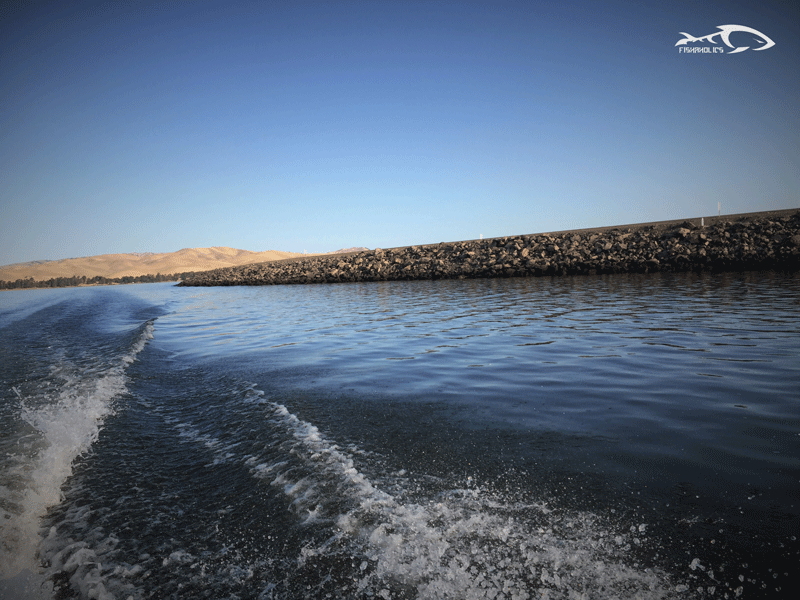
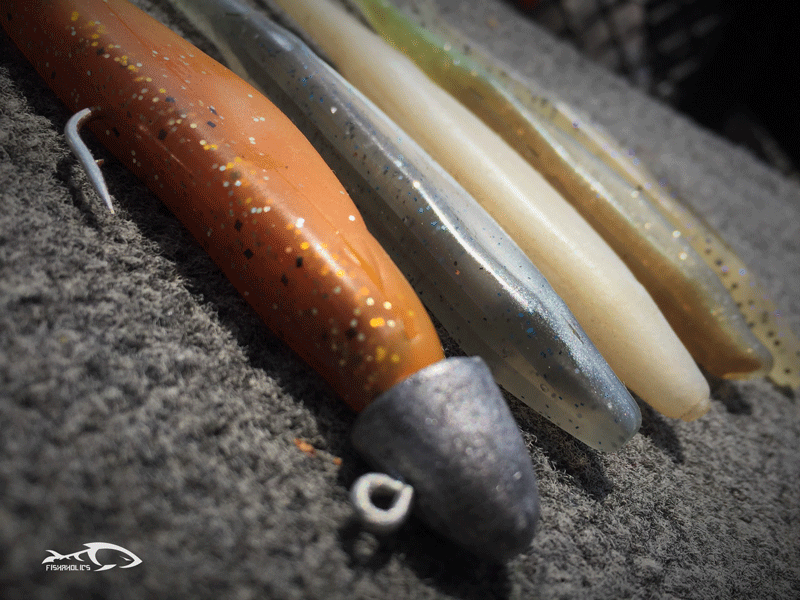

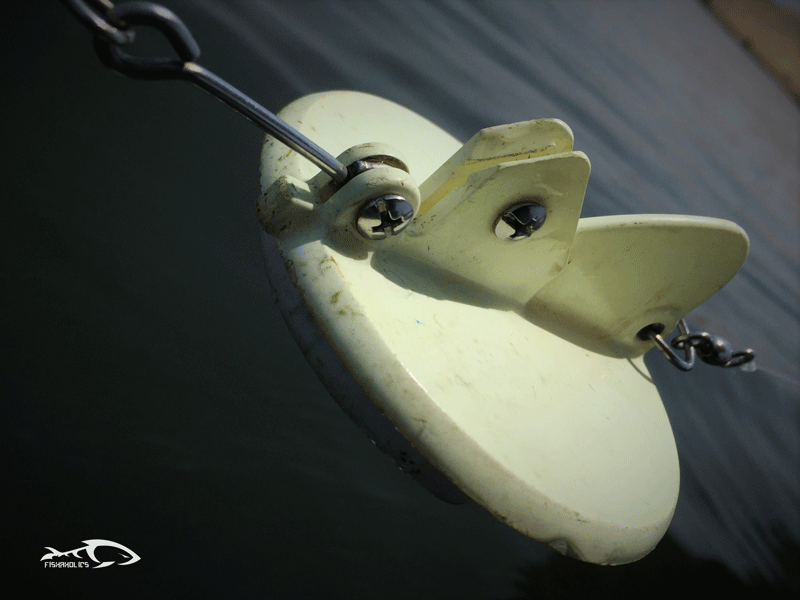
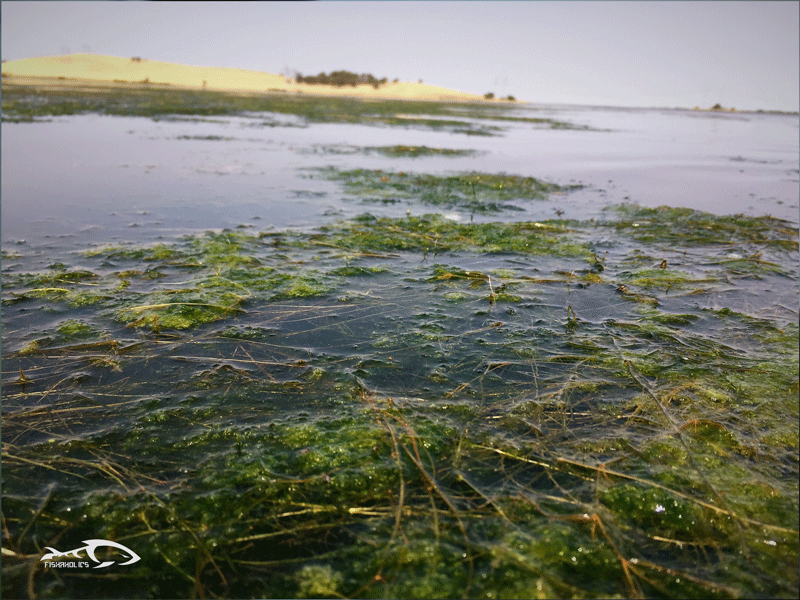
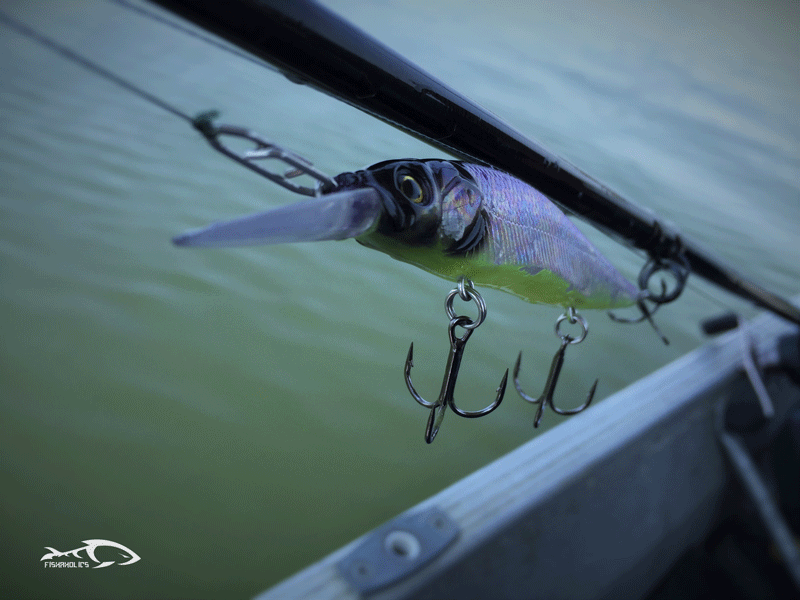
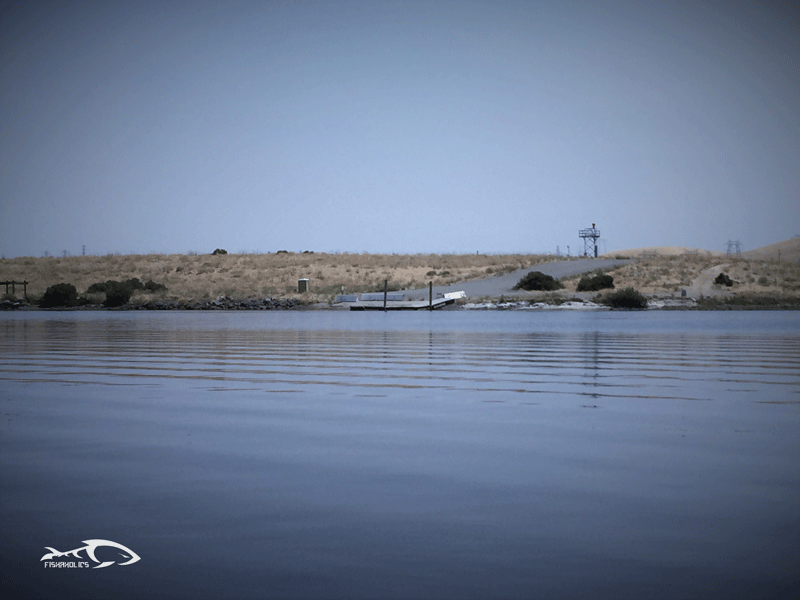
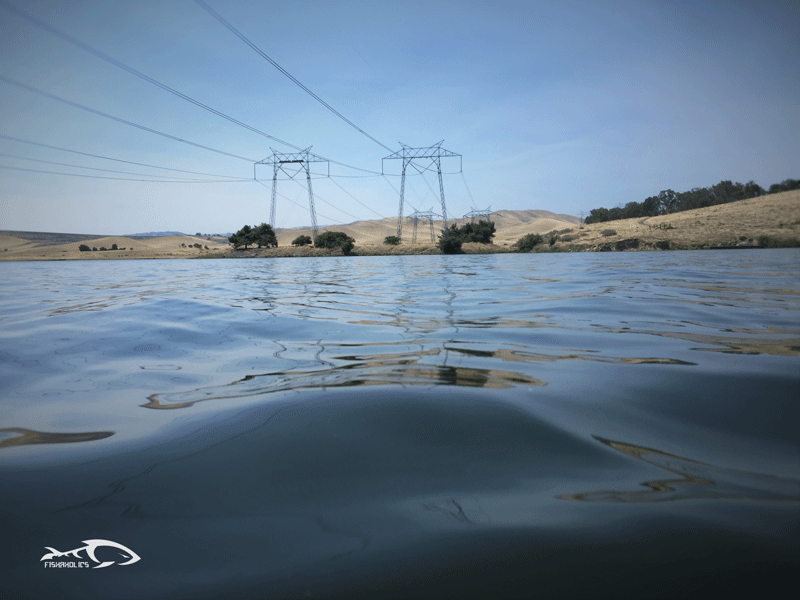
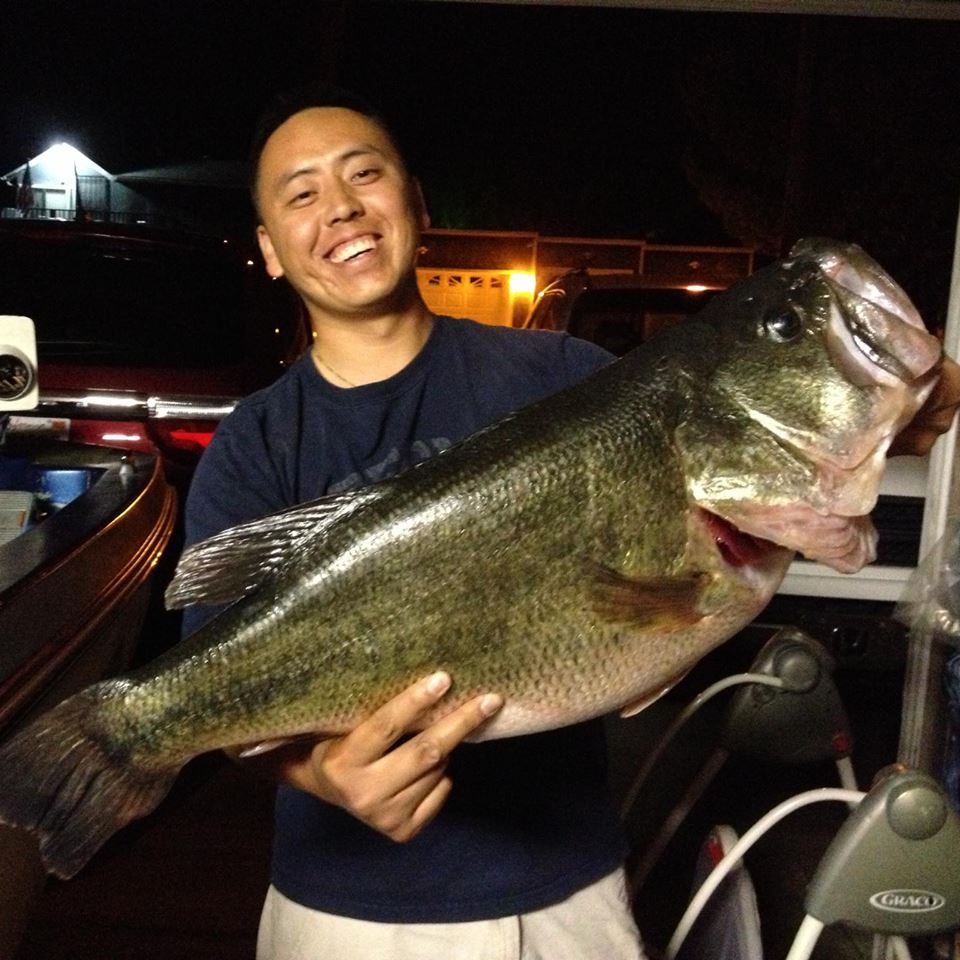
Great write up Meng. While I have not fished the forebay I use to windsurf there frequently and know how the lake can go from dead calm to raging whitecaps in a short matter of time. Mostly fishing out of a Hobie Pro Angler these days and will have to give the Forebay a try on a calm morning.
Those winds are unpredictable. A Hobie should be great for O’Neill. On a recent trip I noticed they’re beginning to school up in the deep flats. Might be a good area to try if you’re going to hit it up soon. Good luck and keep me posted.
Great reading. Thank you for the tips. I can’t wait to see how our 1st trip goes
Thank you. Good luck!
If you follow the main road east after entering the front gates you’ll come right to it. They open at 6am and close at sunset. Entry is $10 and an extra $8 with boat I believe